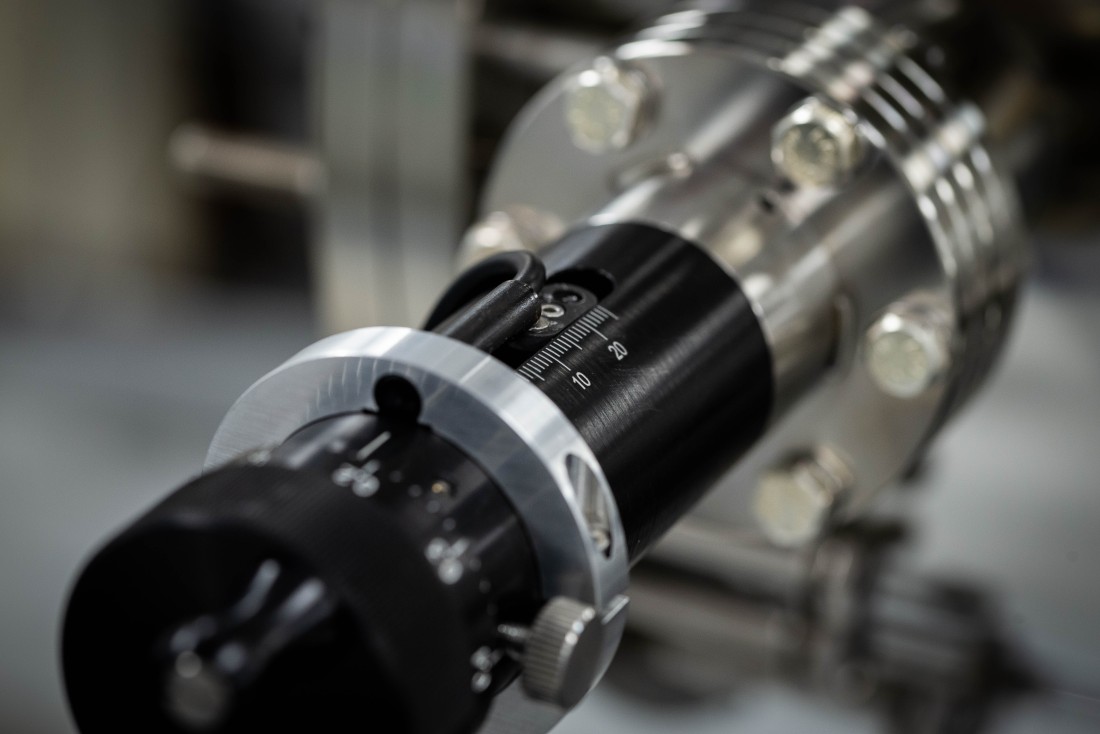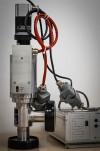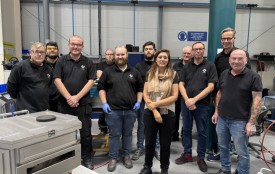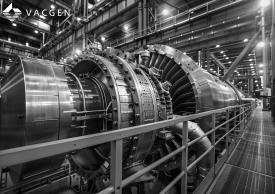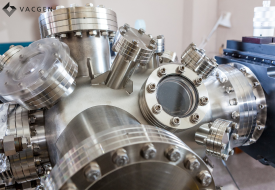In the world of high-tech manufacturing, the process of moving things within a vacuum is not a straightforward task. It requires precise engineering and tailored solutions which rely on elements such as leak tightness, material selection for bake-ability and frictionless movement. Movement devices come in the form of Manipulators, Drives & Motion and Transfer Devices.
Manipulators, Drives, and Motions
Multi axis motion within a vacuum starts with manipulators. These are mechanical devices specifically designed to manage movement of objects within the vacuum space. Manipulators are critical in positioning the object with an incredible level of accuracy and VACGEN offer manipulators with up to 5 degrees of freedom.
The next critical components are rotary and linear drives. In a vacuum environment, traditional methods of creating motion like belts or gears are not always practical.
Vacuum-compatible drives are fitted with bellows, ultra-high vacuum rare-earth magnets or piezoelectric actuators. These drives generate movement whilst minimising stray particles, heat and high gas loads.
Best Tools for the Job
Of course, the choice of motion is an important decision when tailoring a vacuum solution. Factors that need to be considered are length of travel, actuation methods and accuracy of position. These factors will influence the decision on choosing the right tool, whether this be a rotary motion, linear feedthrough, or a long transfer device.
Application in Analysis and Deposition
An informed and intelligent use of these components is crucial in tasks such as surface analysis and material deposition. For instance, the precise movement enabled by the manipulators, drives, and probes allow scientists to accurately place a microscopic probe on a surface to analyse its properties.
Similarly, for processes like thin-film deposition - think the polarising layer of a camera lens - precise motion control is crucial for evenly dispersing materials onto the substrate.
Dependency on Speed, Precision, and Distance
The complexity of vacuum motion solutions is further heightened by factors such as speed, precision, and the distance to be moved.
High-speed movements may be needed for industrial processes, whereas slow, precision movements may be essential for research applications.
The distance to be moved also influences the design of the vacuum motion system. Longer distances may require different drives or manipulators than shorter ones.
Assessing and Delivering Solutions
Addressing these challenges involves a full assessment of the application requirements. We analyse factors such as the environment (ultra-high vacuum, high vacuum, etc.), the size and weight of the object to be moved, and the required motion precision.
Once these factors are assessed, suitable manipulators, drives, and motion types are chosen to create a system to meet the specified demands.
Real-life Applications
Vacuum motion systems are widespread in several high-tech industries. In the semiconductor industry, for instance, they are used in processes like lithography, etching, or deposition to create integrated circuits. In the field of surface science, they are used for surface analysis and modification. Moreover, these systems have applications in space technology, where the vacuum environment is the norm.
Staying in space, this precise motion is needed for tasks using telescopes or satellite components. The science and engineering of motion within a vacuum form a complex, yet fascinating field. Leveraging manipulators, drives, and various motions to their limits, this technology makes it possible to execute highly precise tasks within a vacuum environment.
For a successful application the scientist must know what movement is required, at what degree of precision and the necessary speed.
Once this is known, analysis will be successfully accurate. As technology progresses, so too will the capabilities and applications of vacuum motion systems. We can’t wait.

